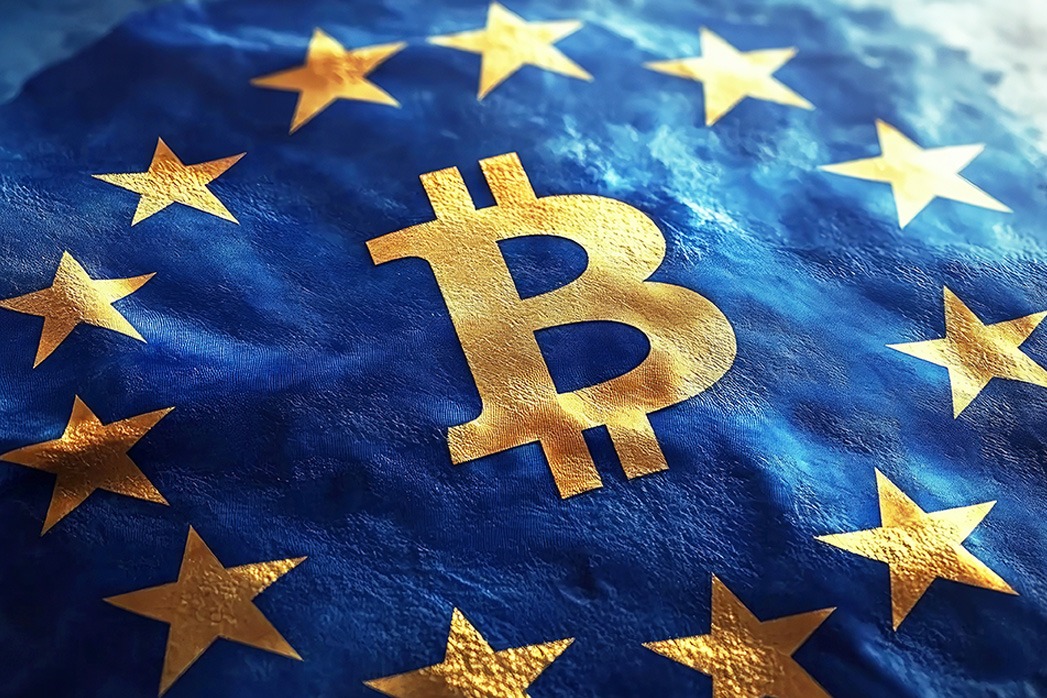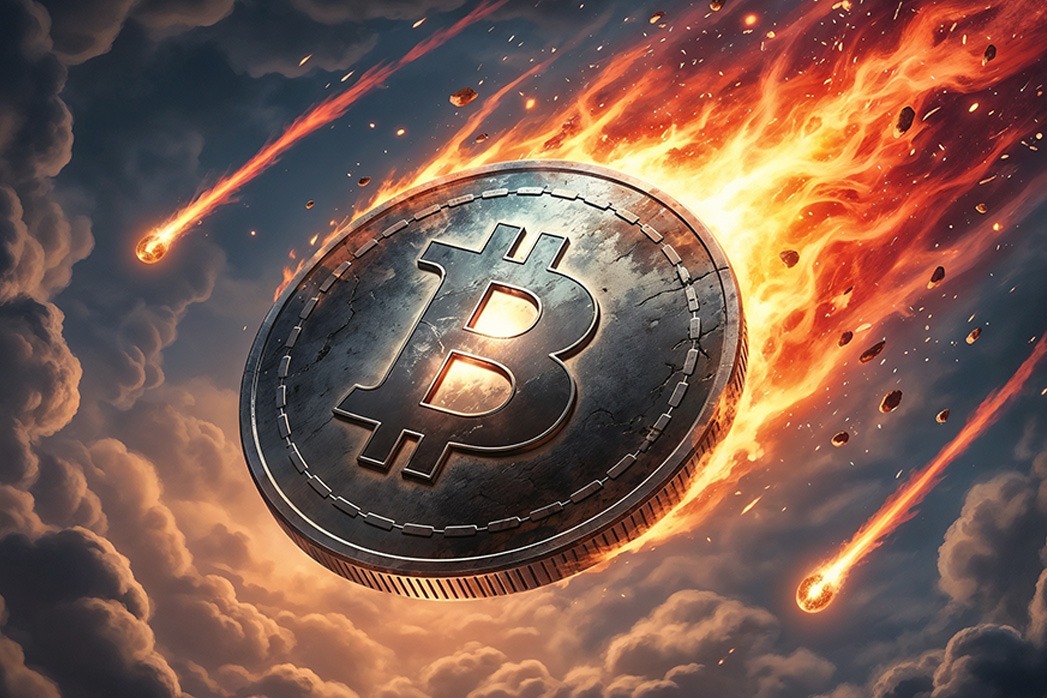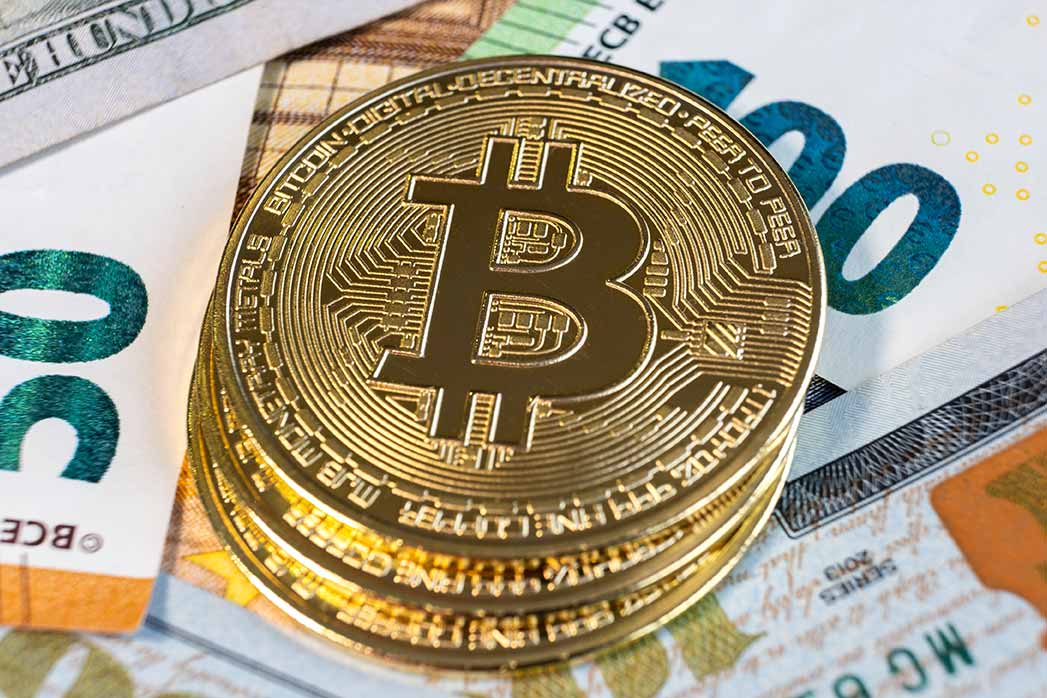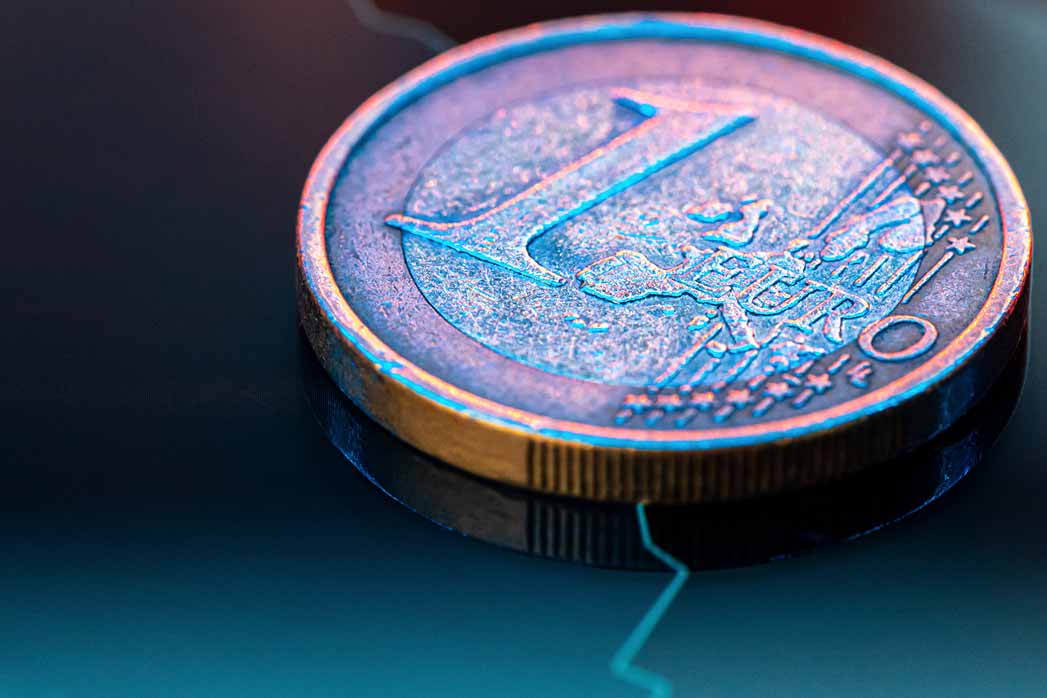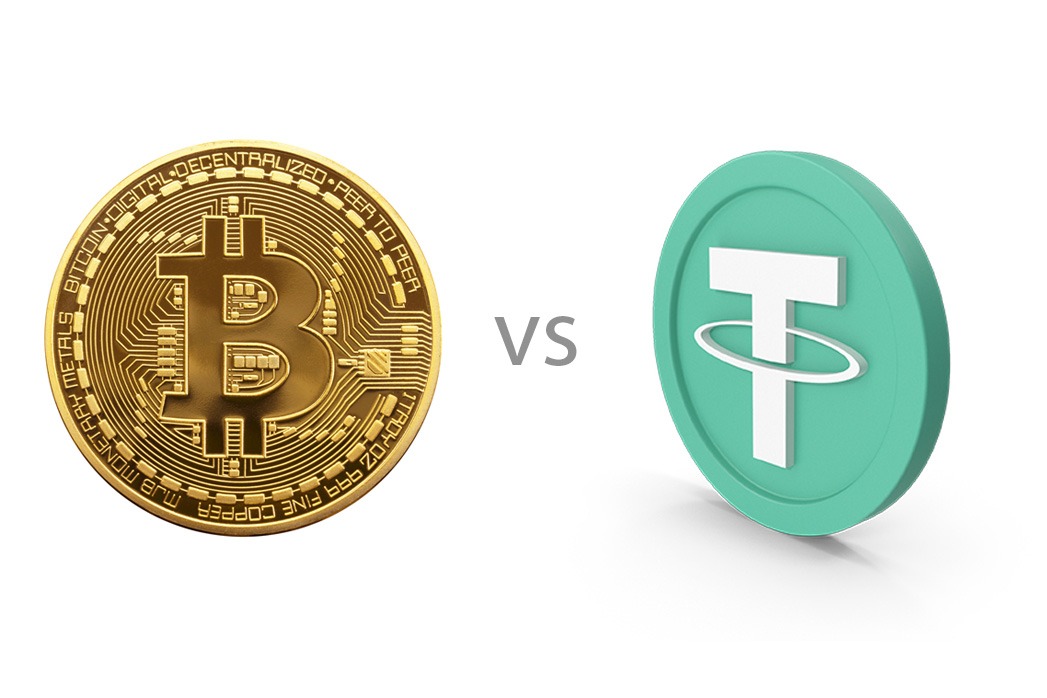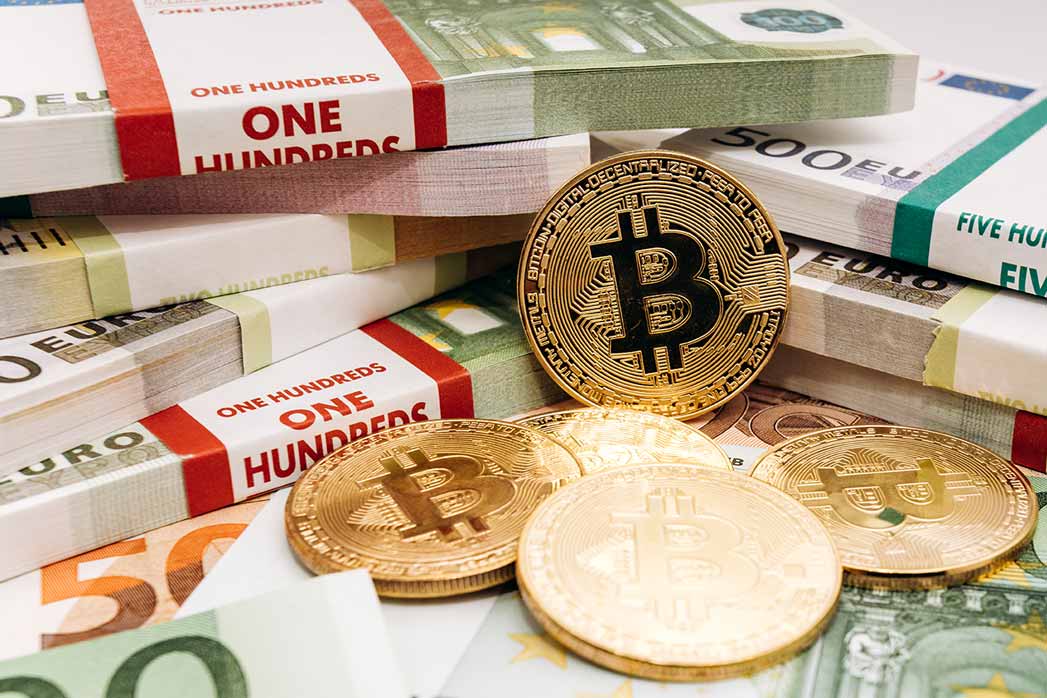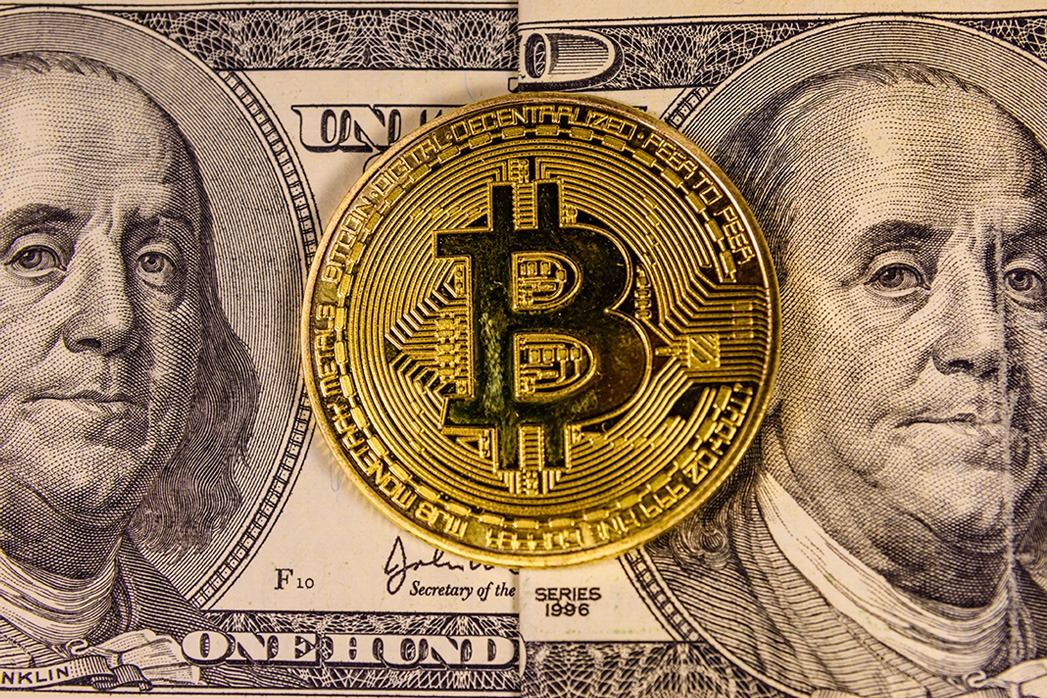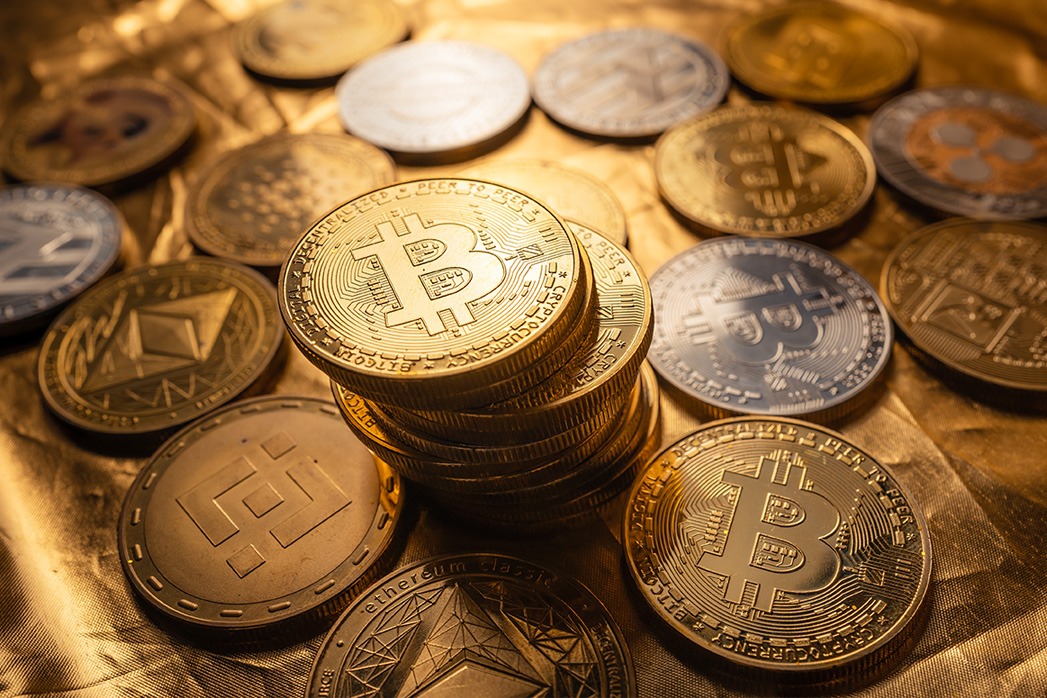The Bitcoin Retirement Strategy: Why Europeans Are Adding BTC to Long-Term Portfolios
Retirement planning in Europe is changing faster than many investors realise. Inflation, rising living costs, and declining confidence in pension systems are forcing individuals to rethink how to protect long-term wealth. For the first time, Bitcoin is becoming part of that conversation.
– Not as a speculative trade.
– Not as a replacement for pensions.
But it is a long-term savings instrument with properties that traditional retirement assets increasingly lack.
Why Bitcoin Belongs in Long-Term Portfolios
European retirement systems face structural headwinds. Demographic pressure continues to strain pay-as-you-go models. Interest rates, while higher than recent years, still struggle to deliver consistent real returns. Inflation quietly erodes purchasing power. Bonds no longer provide the protection they once did.
Bitcoin offers a counterweight. Its supply is finite. It cannot be diluted. It trades globally, independent of national pension systems. Governance is decentralised and predictable.
This places Bitcoin alongside assets traditionally used to protect long-term purchasing power. DNACrypto explores this comparison in Bitcoin vs Gold and Bitcoin as Digital Gold 2.0, where scarcity and durability are central themes.
Bitcoin is not a pension substitute. It is a hedge against pension fragility.
The 1–3% Strategic Allocation Model
European financial advisers are increasingly approaching Bitcoin conservatively. Rather than chasing volatility, they focus on asymmetric upside within disciplined frameworks.
Common models include:
- – One to three percent allocation within long-term portfolios
- – Automated monthly contributions
- – Cold storage or regulated custody
- – Hybrid structures combining Bitcoin, index funds and real assets
This approach allows exposure to Bitcoin’s long-term appreciation potential while limiting downside volatility. Similar logic underpins corporate adoption, as discussed in Bitcoin Treasury 2.0 and Corporate Crypto Treasuries.
Why Regulators and Pension Providers Are Paying Attention
Regulatory developments are reshaping how Bitcoin fits into long-term wealth structures. MiCA, combined with evolving pension legislation and investment product design, signals growing acceptance of digital assets in regulated frameworks.
In the United States, Bitcoin ETFs have already made retirement exposure simpler. DNACrypto analyses this shift in Bitcoin ETFs and Bitcoin ETF vs Direct Ownership.
Europe is moving more cautiously, but the direction is clear. Pension wrappers, workplace savings schemes and regulated investment vehicles are gradually opening the door to Bitcoin exposure.
Bitcoin as a Multi-Decade Asset
Retirement investing demands specific characteristics. Assets must be scarce, durable and predictable across decades.
Bitcoin meets these criteria. Its issuance schedule is fixed. Its network has operated continuously for more than a decade. Its role as a non-sovereign store of value strengthens as fiat currencies expand.
As explored in Bitcoin as Sovereign Wealth and Bitcoin Acts as Disaster-Proof Money, Bitcoin’s resilience matters most over long horizons, not short-term cycles.
For retirement planning, time is the advantage. Bitcoin is increasingly being viewed as an asset designed to operate on that same scale.
The DNA Crypto View
The Bitcoin Retirement Strategy reflects a broader shift in how Europeans think about long-term security. Traditional systems are under pressure. Scarce, global and non-dilutive assets are gaining relevance.
A small, disciplined allocation to Bitcoin can complement pensions, index funds and real assets. It is not about replacing existing structures. It is about reinforcing them against decades of uncertainty.
For further reading, explore European Bitcoin Adoption and Bitcoin vs Real Estate to understand how long-term capital is repositioning.
Image Source: Adobe Stock
Disclaimer: This article is for informational purposes only and does not constitute legal, tax or investment advice.
Register today at DNACrypto.co

